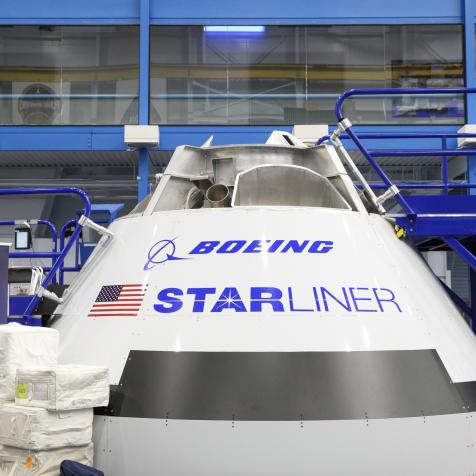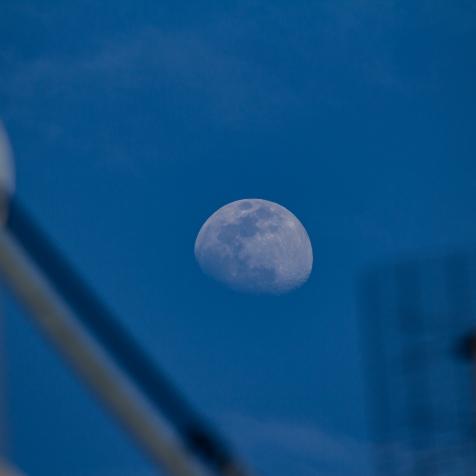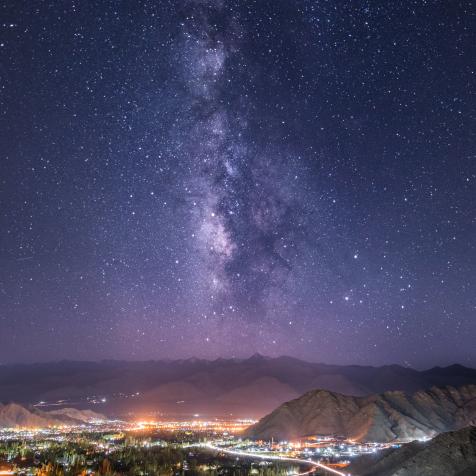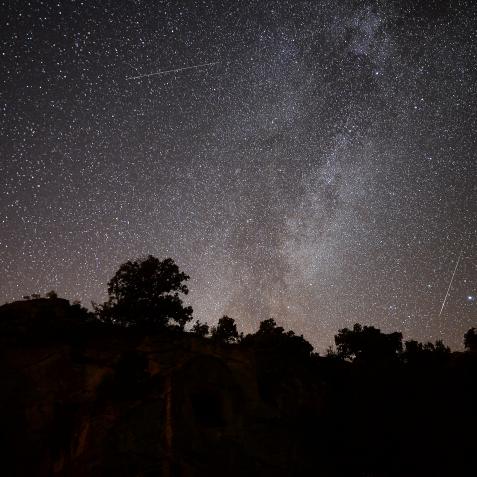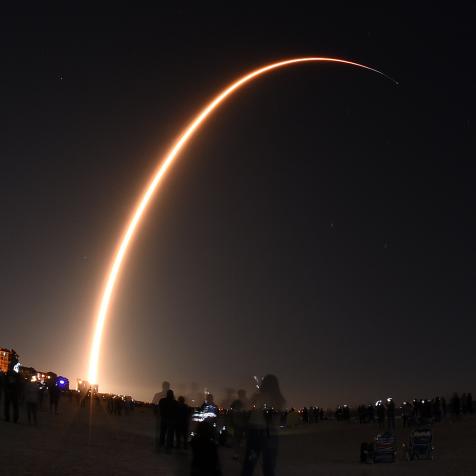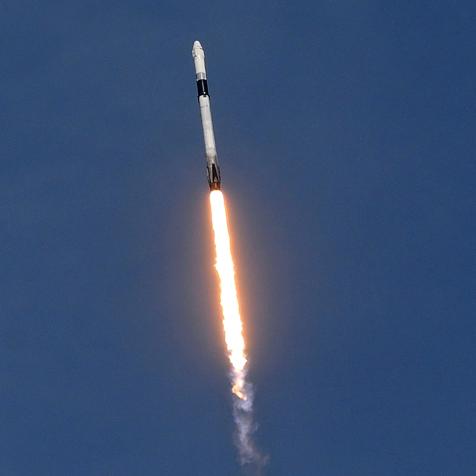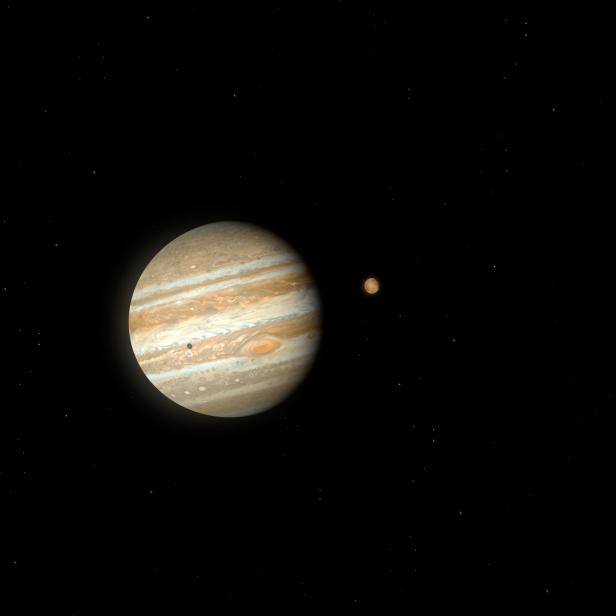
MARK GARLICK/SCIENCE PHOTO LIBRARY
How Did the Solar System Form?

How did our solar system form? It's a pretty simple and straightforward question, but as with most things in science, simple and straightforward doesn't necessarily mean easy.
For decades, all we had in the study of our solar system was...the solar system. We got to stare at the planets and moons all night long, and run our computer simulations based on the physics that we know, to try to make a match and be able to tell the story of the past four and a half billion years.

Stocktrek
Looking Beyond Our Solar System
But more recently, we've come up with a new trick. We can stare at other solar systems! There are other suns with other planets orbiting them, with tiny little moons around those alien planets. We've catalogued thousands upon thousands of planets outside our solar system. And one of the cool parts of observing other planets is that we get to capture solar systems in various stages of their life cycles - young systems, old systems, and everything in between. By looking closely at the youngest solar systems, we can get some clues as to how our very own system form.
Case in point: the moons of the giant planets. If you look at something like Jupiter, you'll typically find a system of large moons. How did they get so big? How did they end up in those orbits? What were all the cool physics that went into the recipe of their formation?
For a long time, we've known the broad strokes of how our entire solar system formed. It started with the collapse of a gas cloud, with most of the material ending up in the center to turn into the sun. Through various interesting complicated (and not very well understood) processes, the remaining material coalesced into the planets. To make the moons, this process repeated itself in miniature for the giant worlds. For example, young proto-Jupiter was surrounded by its own disk of gas and dust that found itself becoming the moon system.

Xuanyu Han
But exactly how did this proceed?
New observations of young solar systems, complete with still-forming material around just-born planets, may give us a clue. And that clue has one name: dust.
According to new research, the material around the young Jupiter acted as a dust trap, collecting any wayward material drifting through the baby solar system. This allowed proto-moons to form one by one and then migrate inwards to find a home orbit around their parent planet. Without the dust, it's a little unclear how exactly the moons of the gas giants could form in a short enough amount of time (as our young sun turned on it got hotter, eventually evaporating all the loose material throughout the solar system, shutting off formation).
This new model is bolstered by the observation of a lot more dust than expected around young alien exoplanets – if it is happening over there, right now, it might have happened here, long ago.











